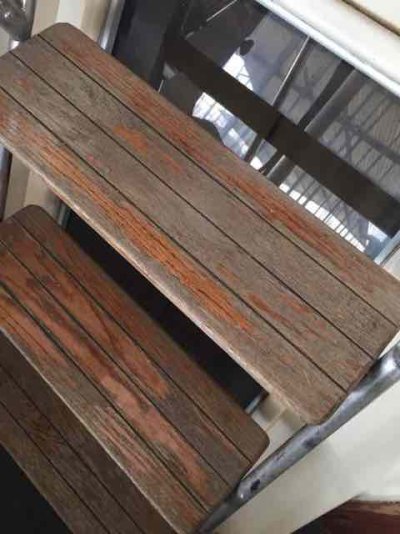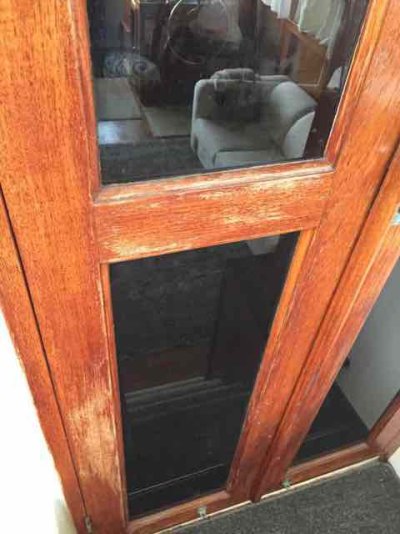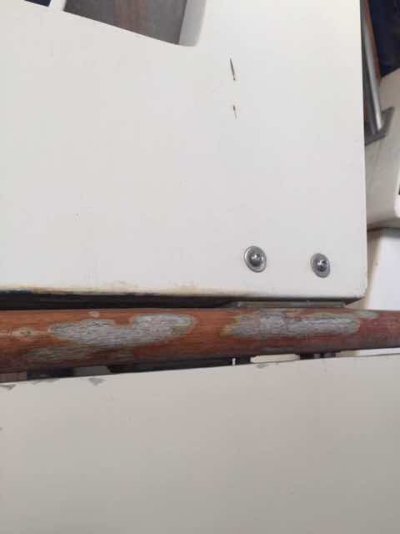clynn
Senior Member
I've done some reading on this subject and it seems that folks can be very passionate one way or another. I'm not looking for an argument, but some experienced feedback based on my situation and experience level.
My new to me boat has some exterior wood, primarily rails around the aft deck, steps to the flybridge, and doors to the salon. The existing varnish has spots where it's completely worn through, so I will need to strip and reapply some type of stain or varnish. I don't live on the coast and my boat sits under a covered slip, so sun and salt damage shouldn't be an issue.
I have used sikkins cetol on a teak swim platform that I redid a few years ago on my old boat and it turned out pretty nice, but I don't really have any other experience. I've read that epiphanes are the bees knees, but I don't know that for a fact and I'm not sure that my product application would do it justice if it really is all that.
So, is there really a difference? Is application that much more difficult between the two products? Is there something else that I should be looking at?
Thanks for any and all thoughts.
Chris
My new to me boat has some exterior wood, primarily rails around the aft deck, steps to the flybridge, and doors to the salon. The existing varnish has spots where it's completely worn through, so I will need to strip and reapply some type of stain or varnish. I don't live on the coast and my boat sits under a covered slip, so sun and salt damage shouldn't be an issue.
I have used sikkins cetol on a teak swim platform that I redid a few years ago on my old boat and it turned out pretty nice, but I don't really have any other experience. I've read that epiphanes are the bees knees, but I don't know that for a fact and I'm not sure that my product application would do it justice if it really is all that.
So, is there really a difference? Is application that much more difficult between the two products? Is there something else that I should be looking at?
Thanks for any and all thoughts.
Chris




